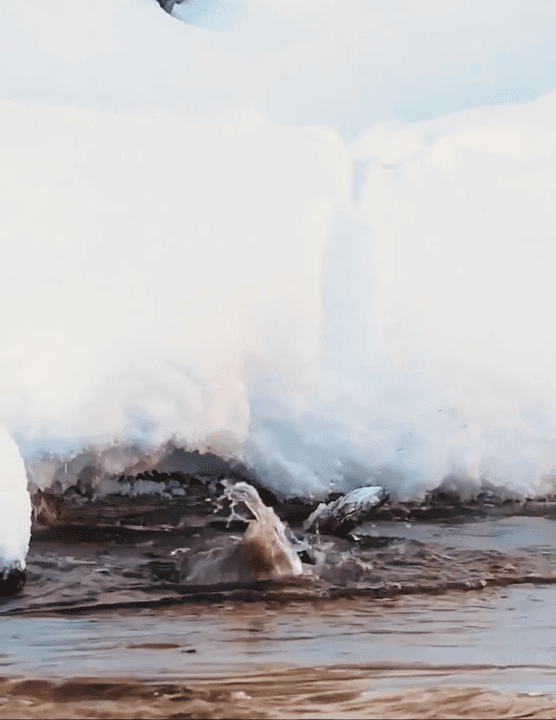
Hunting Seasons in Alaska 2025: Big and Small Game, Licenses, and Regulations Guide Plan your 2025–26 Alaska hunt with our Last Frontier guide—season dates, bag limits, licenses, bow & rifle rules, and key game species from moose and black and brown bears to caribou and Dall sheep. What Is There to Hunt in Alaska? Imagine glassing a herd of caribou in the Brooks Range, or picking your way through coastal alder for telltale tracks of Sitka black‑tailed deer. Alaska offers premier hunts for moose, caribou, Dall sheep, mountain goat, black and brown bears, and ptarmigan under the same sky. Waterfowlers will find teal and mallards along delta sloughs, while trappers can pursue wolf, wolverine, fox, and beaver nearly year‑round. Even marine mammals are available to qualified subsistence hunters, adding another layer to Alaska’s vast game roster. What Animals Can You Hunt Year‑Round in Alaska? While most big‑game seasons follow tight windows to protect breeding cycles, furbearers such a
Post: 12 July 08:33
















































